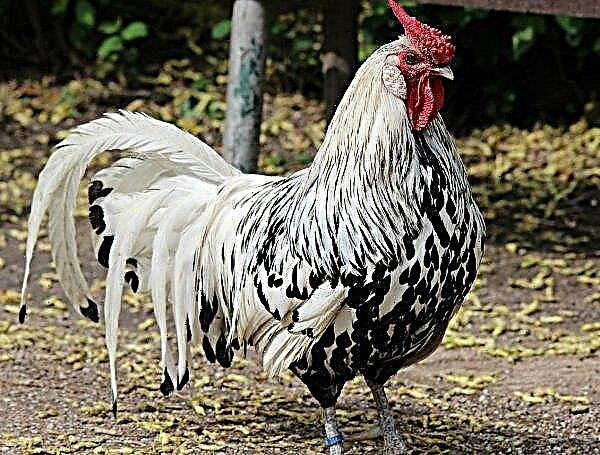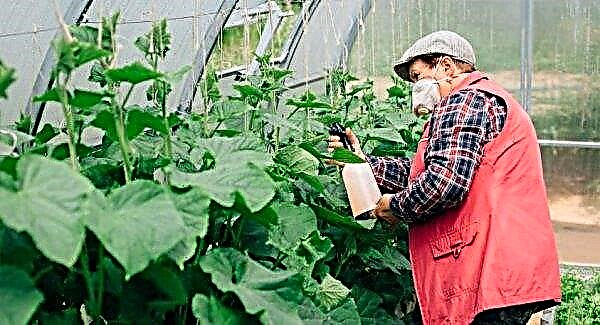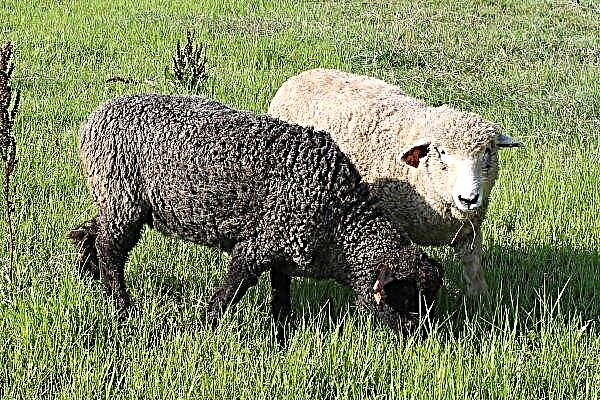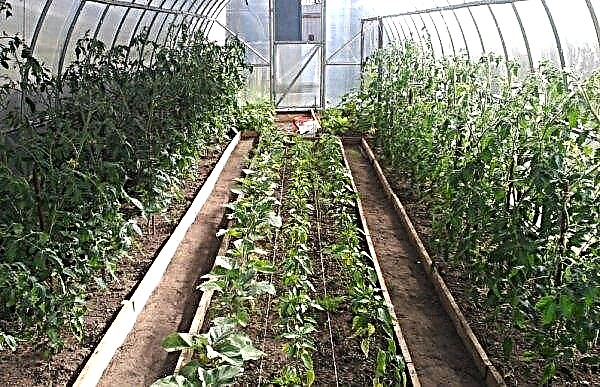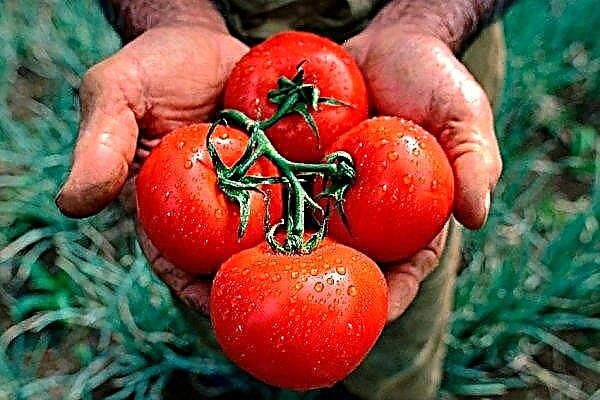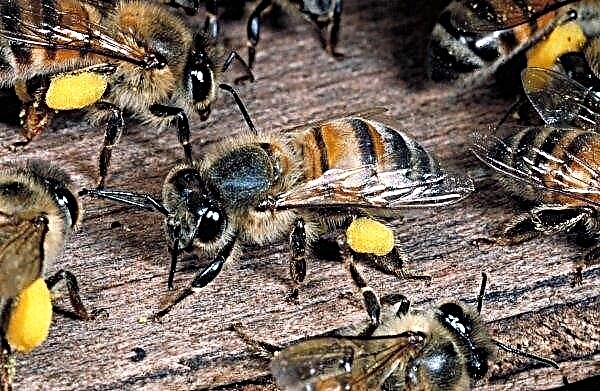According to a new report released by the US Environmental Protection Agency (EPA), agricultural emissions will increase by 4% over the next decade due to an increase in livestock numbers.
The report says that in 2020, agriculture, which is the largest source of emissions, will “emit” 34% of the total emissions, and in 2030, according to forecasts, emissions will increase to 38 percent.
The increase in emissions is due to an increase in the number of dairy cows, which is projected to grow by 7% between 2018 and 2020 and by 11% between 2020 and 2030.
The use of nitrogen fertilizers is also expected to increase by 5% between 2018 and 2020 and by 6% between 2020 and 2030. According to forecasts, total emissions in agriculture will increase by 1.4% in the period 2018–2020. - up to 20.5 million tons of CO2-eq in accordance with existing units.
An increase of 4% in the amount of emissions in the period from 2018 to 2030 is also forecast to 21 million tons of CO2-eq. According to the scenario, in which additional mitigation measures will be taken, emissions are projected to increase by 1 and 3% from current levels in 2020 and 2030, respectively.
The difference between the two scenarios is due to the assumptions about effectiveness that are included in the complementary measures scenario. The data underlying the forecasts for agriculture include the forecast of the number of animals, sown areas and the application of nitrogen fertilizers in the soil.
Forecasts are based on an updated analysis conducted by Teagasc on projected herd numbers, sown areas and fertilizer use, taking into account the objectives of the Food Wise 2025 policy and reflecting trends in agricultural production at the time the forecast data were prepared.



